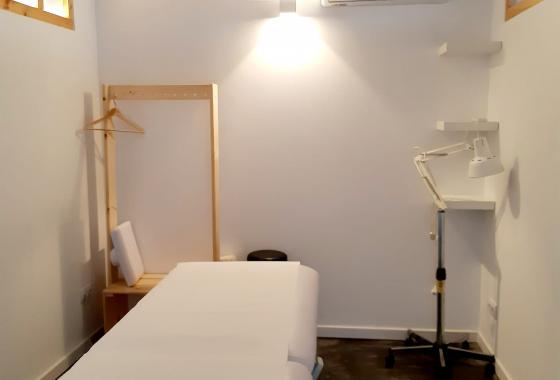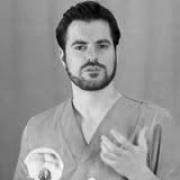Cervicalgia generates pain in the entire upper part of the back, in some cases the pain may disappear in a short time, however in others the pain is intense and persists over time. This article will explain what this condition is about, what symptoms characterize it to be diagnostic and how it can be treated at FisioClinics Palma.
What is Cervicalgia?
Cervicalgia is a general discomfort in the neck area with the presence of stiffness and tension in the neck muscles. The pain can radiate to the shoulder or between the shoulder blades, or it can also radiate to the arm, hand, or head, causing a one-sided or double headache.
The spine has various structures such as bone, ligament, intervertebral discs, muscular among others, for this reason, it has a wide flexibility that predisposes it to suffer from various injuries. At FisioClinics Palma de Mallorca we have the ideal treatments for the solution of Cervicalgia, if you have neck pain and want to know more about your condition, continue reading.
What is Cervicalgia?
Cervicalgia can be called pain in the cervical area associated with abnormalities in the soft tissues, muscles, ligaments, discs and nerves, as well as in the vertebrae and joints. It has a percentage of appearance in women under 40 who have a mostly sedentary life, both in free time and in their daily occupation.
Neck pain can be classified according to the duration of its existence, acute pain is neck pain that can last up to three weeks. When it re-detonates after a month without symptoms, even repeatedly, it is called recurrent. If neck pain persists for more than about three months, it is considered chronic.
What are the symptoms of Cervicalgia?
In the case of Cervicalgia, the symptoms will have a significant variation depending on the main factor that causes it, having among the following:
-
They originate after direct or indirect trauma to the cervical area.
-
There is hypersensitivity in the affected area.
-
There is severe pain when exerting pressure on the occipital or cervical level.
-
There may be dizziness, dizziness and headache.
-
There is limitation of the movement of the cervical spine, towards where the symptoms are.
-
Presence of an involuntary muscle contraction that is maintained and palpated.
-
Pain radiating to the upper extremities and back.
-
There is considerable relief with proper treatment.
-
Tingling, numbness, or weakness that radiates to the shoulder, arms, or fingers
What Causes Neck Pain?
There is a large component of causal factors that influence the appearance of neck pain (Cervicalgia), we will highlight some of the utmost importance:
-
Maintain forced postures for prolonged periods of time.
-
Poor occlusion of the temporomandibular joint.
-
Some trauma to the cervical area.
-
Present muscle contractures in the trapezius or cervical muscles, both posterior and anterior.
-
Having suffered a whiplash.
-
Musculoskeletal and vertebral joint wear.
-
Inflammatory, rheumatoid, or ankylosing arthritis.
-
Stress also influences this pathology, mood swings, specifically anxiety and depression, are often related to the appearance of neck pain.
How is the medical diagnosis of Cervicalgia made?
In order to make a good diagnosis in the case of Cervicalgia, a complete medical history must be carried out in the first instance about the cervical symptoms of the patient.
In addition to this, a physiotherapeutic assessment about posture, cervical mobility and painful areas, as well as seeing the integrity of the nerves and muscles in the adjacent areas such as in the arms.
Imaging studies such as X-rays, MRIs, among others, must always be taken into account to help obtain a more accurate diagnosis by evaluating soft, bone structures, etc.
 Physiotheraphy
Physiotheraphy Osteopathy
Osteopathy Massage
Massage Lymphatic
Lymphatic Group classes
Group classes Home
Home Baby
Baby











































